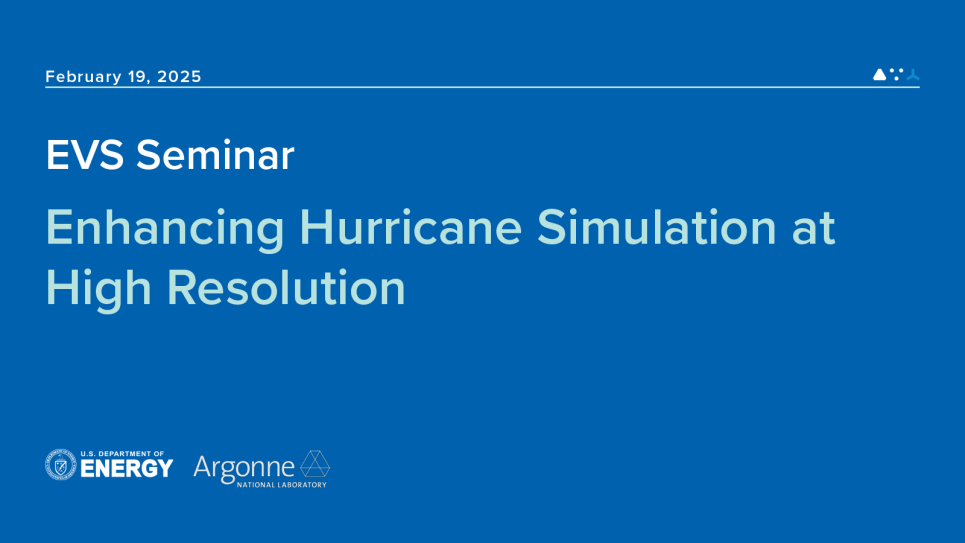
Enhancing Hurricane Simulation at High Resolution
Tropical cyclones (TCs) have dominated the list of the costliest extreme events, occupying 9 of the top 10 spots among all disaster categories since 1980, including droughts, floods, severe storms, wildfires, and winter storms. This underscores the ongoing need for research to enhance TC forecast. With advancements in computational power, numerical models can now simulate extreme weather at increasingly higher resolutions. To fully leverage these developments, improvements in both input data and model physics are essential for producing more accurate forecasts. This talk will first demonstrate how high-resolution urban land use maps enhance the representation of urban heterogeneity, leading to improved post-landfall TC simulations of surface temperature, winds, and rainfall. Then, this talk will show how we improve the planetary boundary layer scheme when the spatial resolution approaches “gray zone” through the implementation of a Scale-Aware Three-Dimensional Turbulent Kinetic Energy scheme.